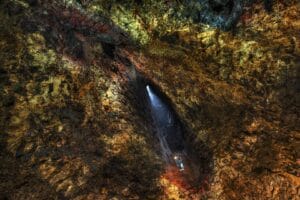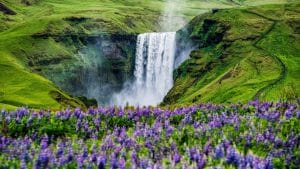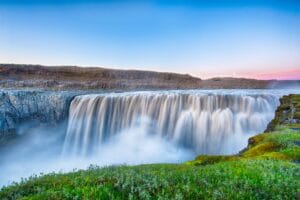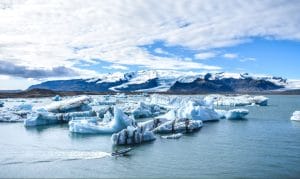

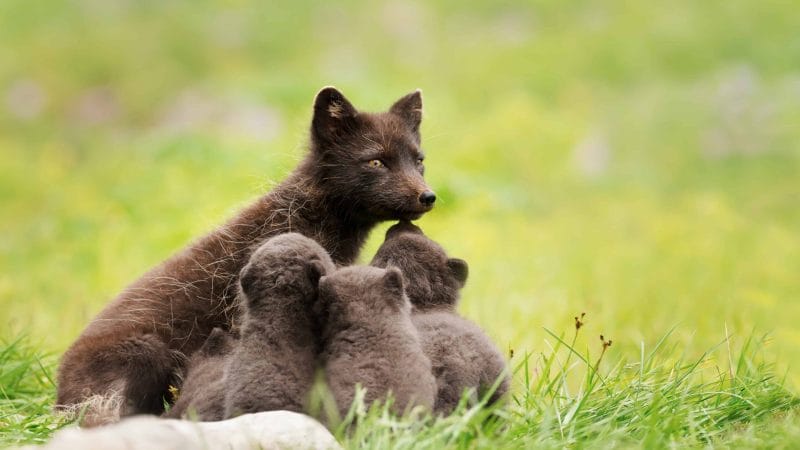








When we hear the word Iceland, a beautiful landscape pops up in our head with majestic glaciers and the essence of natural beauty. Iceland is indeed just like this imagination of ours. Home to some of the most exotic flora and fauna in the world, Iceland is a dream destination for those who consider mother nature as the worthiest destination for traveling.
In this article, we are going to talk about a beautiful animal that is found in Iceland in large numbers. We are going to talk about the only native mammal of Iceland, the Arctic fox. This beautiful meat-eater has been living in Iceland for more than ten thousand years and is found in great numbers in the region.

Biology
The Arctic fox is one of the most exotic and beautiful animals found in Iceland. This little furry animal is carnivorous and is capable of living in one of the most difficult terrains in the world. Also known as snow fox, polar fox, and white fox, these this animal weighs around 3 to 5 kilogram and have a signature white, blue or brown coat. An interesting trivia about a fox’s coat is that it changes its color according to the passing season and stays for one-third part of the year.
There are four subspecies of Arctic Fox found in the arctic region, Iceland Arctic Fox, Greenland Arctic Fox, Pribilof Islands Arctic Fox, and the Bering Islands Arctic Fox. The average of an Arctic Fox is said to be three to six years, which is considered as long enough while keeping in mind the climatic conditions and terrains they live in. The natural living conditions make a great impact on their life span because, in captivity, these animals are known to live for as many as fourteen years.
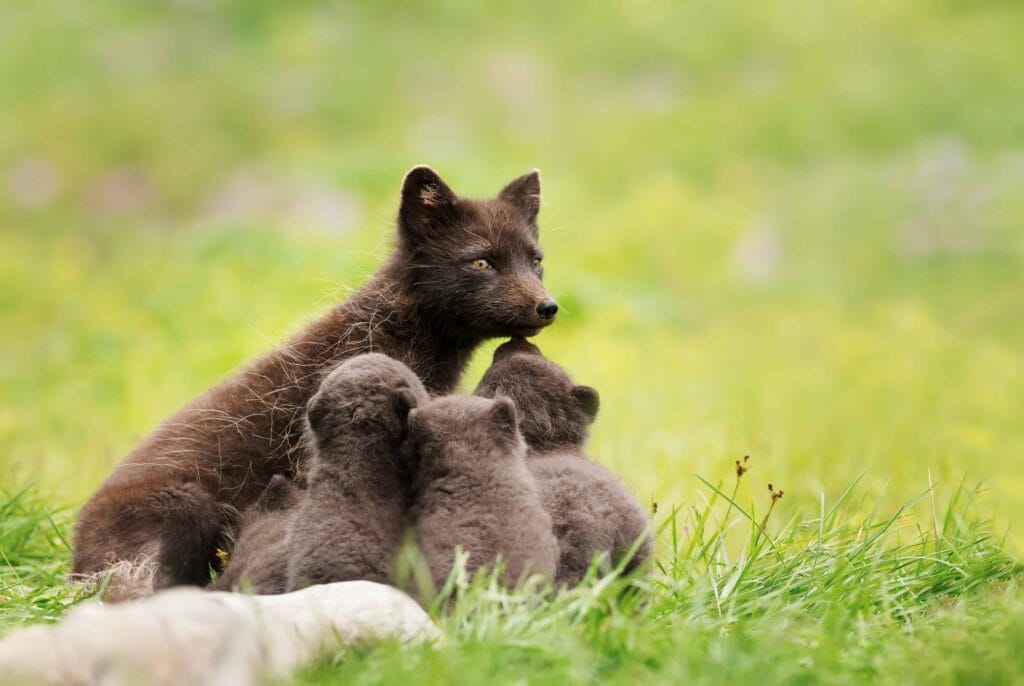
Natural Habitat and Diet
As we have already mentioned, the Arctic fox is the only native mammal of Iceland. Other mammals like Reindeers, Sheep, Cattle, Horses, etc. were brought to this country during the 17th and 18th centuries by early settlers. According to scientists at the University of Durham, Arctic Fox came to Iceland by themselves at the end of the Ice Age from the mainland Scandinavia and Greenland. The research by the University of Durham is one of the most important works that was done to understand the history of these animals.
When it comes to the population density of the Arctic fox, it depends directly on the population density of birds on parts of the Island. The eggs laid by the birds and meat are one of the major sources of food for these animals. Westfjords and Hornstrandir regions are notable spots for these animals as the dramatic cliffs serve to be a good spot for the birds to lay eggs. The best thing for Arctic Fox in Iceland is the fact that it is a protected species in the country. This means that the animal is free to roam and hunt without the human intrusion of any kind.
In the regions occupied by larger beasts like wolves and polar bears, it is often seen that Arctic Foxes often rely on easting leftovers by these animals. According to scientists, foxes follow these beasts for miles to bag an easy meal for themselves. Traveling long distances is considered as one of the best qualities of this animal. In the year 2008, an Arctic Fox traveled a total distance of 5,000 kilometers within a year, leaving scientists in surprise.
The small furry body of Arctic Foxes works like a shield against rough weather conditions and proves to be the main reason behind their survival in one of the wildest terrains in the world.

How to Spot Arctic Fox in Iceland
As we have already mentioned, Iceland is a home for some of the most exotic flora and fauna, as well as beautiful landscapes, this makes this country the perfect holiday destination. If you are traveling in Iceland and want to see Arctic Fox, then there are some things that you need to keep in mind to make your traveling experience worthwhile.
Spotting an Arctic Fox in the wild requires a lot of patience and respect for the animal. These little beautiful animals are very quick and disappear with the blink of an eye. So, make sure that you have hours for time if you want to spot them. Another thing that can help you in your adventure in knowing where these animals are generally during the part of the year you are visiting. There are many organized wildlife support tours that you can join if you want to spot the fox, these support groups work for the welfare of the wildlife and have guides who know these terrains like the back of their hand. Another way is to go by yourself or with your travel partners.
If you want to learn about the Arctic Fox, their behavior, habitat, and other such things, then it is advised to go with a guided tour. Organized trips to Hornstrandir Nature Reserve in the Westfjrods happen during May, June, and July, and people from all over the world, including photographers, filmmakers, research students, and others join to get a glimpse of these beautiful creatures and learn about them.
There are many places where Arctic Fox can be spotted in Iceland, but Hornstrandir proves to be the most popular of all. A very surprising thing about this area is the Foxes that live here have become very friendly with humans over the year. If you are lucky, then maybe an Arctic Fox will come and take food from your outstretched arms.
Iceland is undoubtedly a country where mother nature can be seen in all her glory. Every year, thousands of visitors from all over the world visit this beautiful country to experience what it is like to be in the womb of nature. Wild animals like Wolves, Reindeers, and others are a major part of the adventure for those who are a fan of the wilderness. With extreme climatic conditions, this beautiful country invites people from all over the world to make them experience something that can be labeled with the flag of extraordinary and marvelous. Visit Iceland, for its Arctic Foxes, for majestic glaciers, and the holiness of mother nature.



